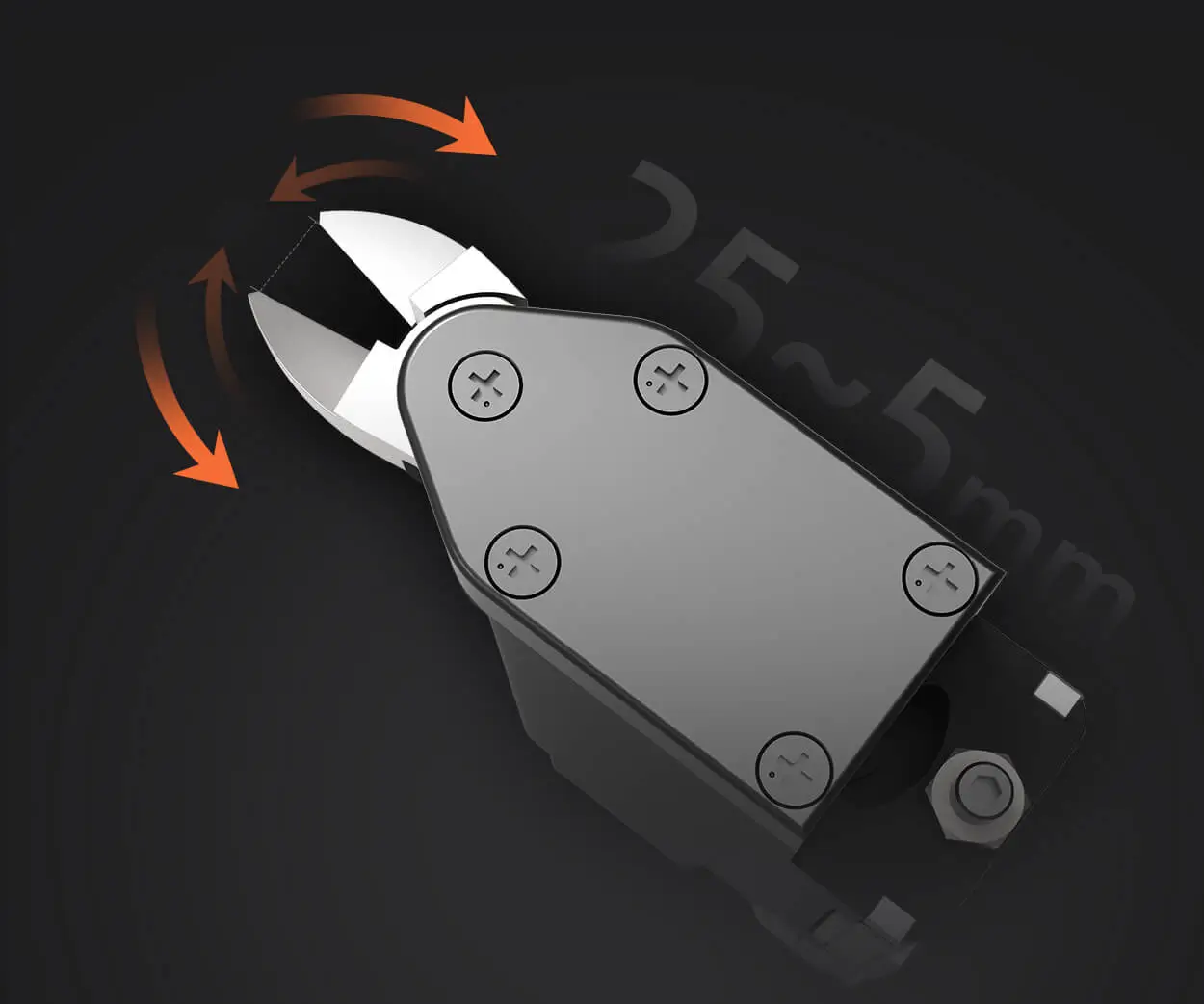Looking to nail your next interview? If “microservice interview questions” pop into your mind like a tricky pop quiz, you’re not alone. It’s a wild world out there, filled with questions that seem designed to trip you up—think architecture, scalability, deployment strategies. But here's the lowdown: understanding these questions isn’t just about memorizing answers; it’s about grasping the core ideas, the why behind each concept. If you want to stand out and speak confidently, rolling up your sleeves on these questions can make all the difference.

Imagine this: you’re in an interview and suddenly asked, “How would you handle data consistency across multiple microservices?” The right answer isn’t just a textbook definition; it’s about knowing real-world strategies like eventual consistency, distributed transactions, or saga patterns. It’s about showing you get the big picture, not just memorized terms. That grasp helps you breathe easier when faced with open-ended questions. It's like having the map when you’re lost—suddenly, everything clicks.
Some questions seem simple, but they cut deep—like asking about service deployment or versioning. Ever thought about how deploying a new version without downtime? Rolling updates, blue-green deployment, canary releases—they’re not just buzzwords, they’re life-savers in the microservices world. Being able to discuss these passionately, with real-world examples, makes your answers pop. You’re not just another candidate; you’re someone who understands what behind-the-scenes magic keeps apps running smoothly.
What about scalability? A common question asks how microservices improve scalability compared to monoliths. Here, it’s not just about saying “more scalable,” but illustrating how breaking your app into small, manageable parts allows each service to grow independently. You can mention autoscaling, load balancing, or partitioning—techniques that turn theory into practical tools. When you can connect these dots during an interview, it shows you're not just familiar with buzzwords—you’re ready to build resilient, flexible systems.
And then, there's that question everyone loves to ask: “What are the main challenges in microservices?” Sometimes it’s deployment complexity, other times data management or inter-service communication. Being able to discuss how to mitigate failures—circuit breakers, fallback mechanisms, retries—these give a picture of someone who’s been there, handled that. It’s about honest insights, not just textbook solutions.
Overall, mastering these questions is like collecting golden tickets to success. They push you beyond the surface. Dive deep into common pitfalls, real-world scenarios, and good practices. Think of it as preparing for a marathon—you don’t just run; you train with purpose, study every step, anticipate hurdles. The more you understand the landscape, the more confident you’ll appear. When the moment comes, you’ll answer not just with knowledge but with conviction.
Stick with it—these questions aren’t just hurdles, they’re opportunities to showcase your understanding of how modern systems really work. Grab them, own them, and let your expertise shine through.
Established in 2005, Kpower has been dedicated to a professional compact motion unit manufacturer, headquartered in Dongguan, Guangdong Province, China. Leveraging innovations in modular drive technology, Kpower integrates high-performance motors, precision reducers, and multi-protocol control systems to provide efficient and customized smart drive system solutions. Kpower has delivered professional drive system solutions to over 500 enterprise clients globally with products covering various fields such as Smart Home Systems, Automatic Electronics, Robotics, Precision Agriculture, Drones, and Industrial Automation.




































